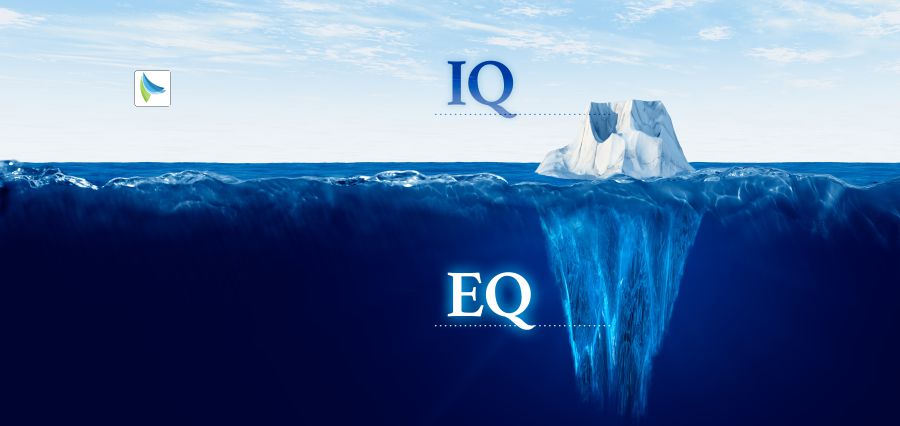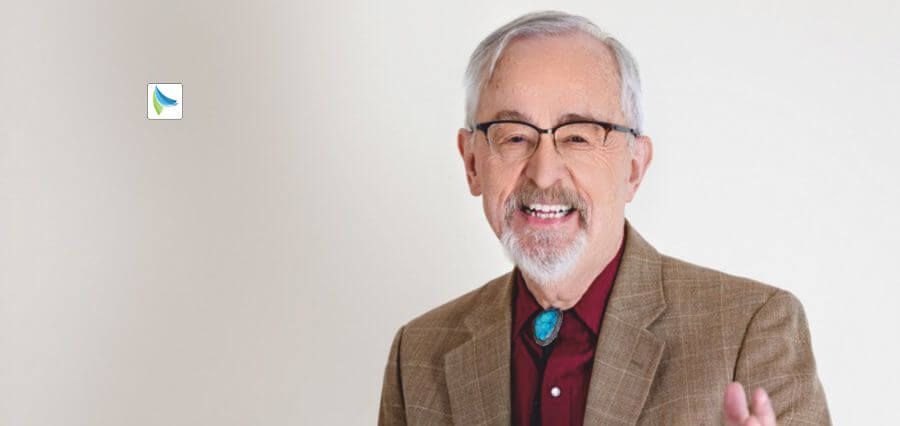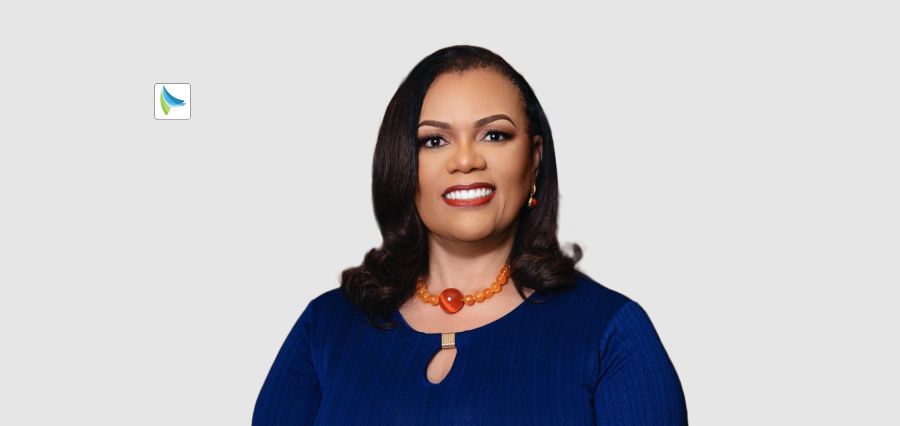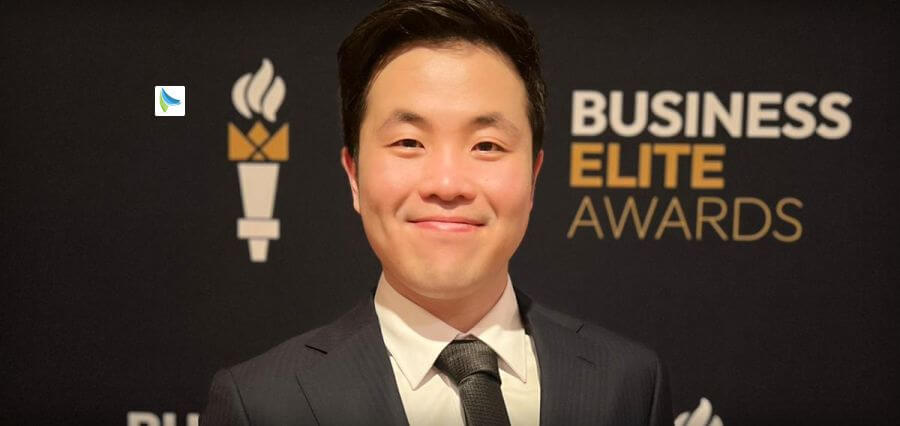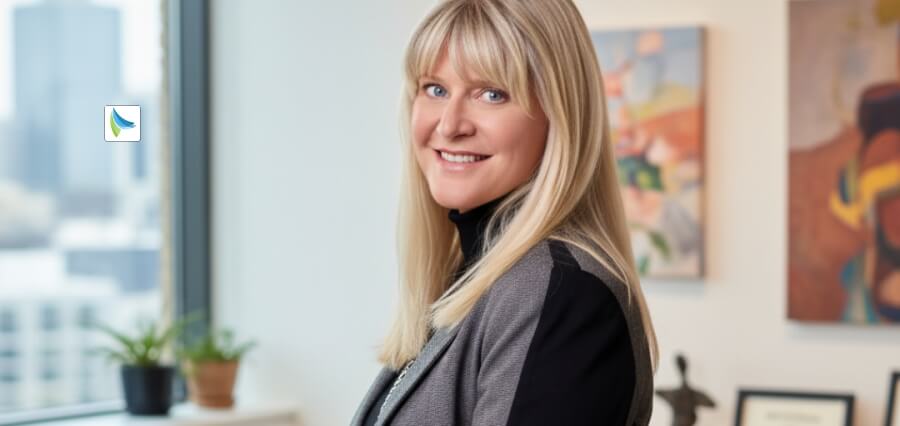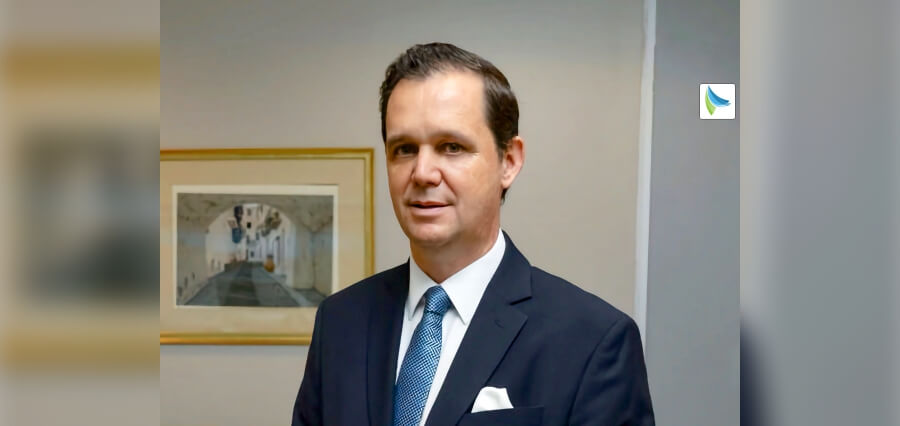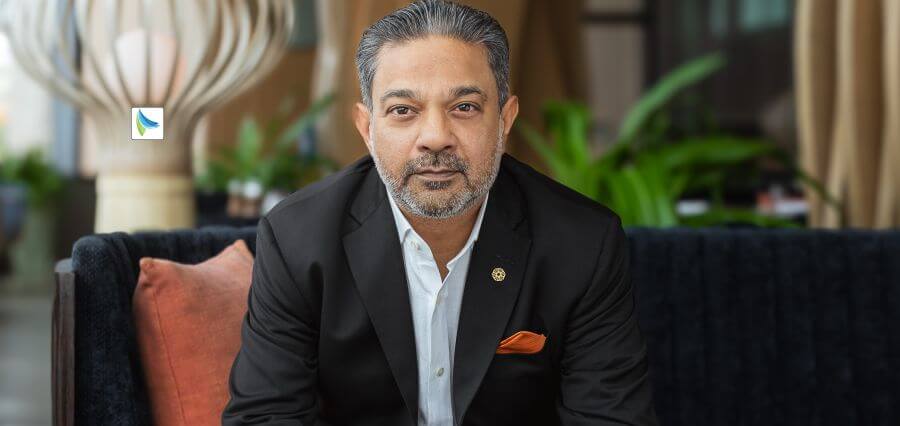As Marry Gunaratnam recounts, it is impossible to explore the life and legacy of Professor Richard Larson without first understanding the twin domains in which he has made his most profound contributions—operations research (OR) and education technology (EdTech). These two fields, distinct yet increasingly interwoven in the modern world, have been revolutionized through Larson’s intellect, foresight, and relentless drive for societal impact. His work not only forged new academic paths but also catalyzed real-world solutions that continue to shape public service delivery and global educational access.
Operations research, once rooted in military logistics, has grown into a powerful analytical tool employed across industries. It combines statistics, mathematical modeling, and simulation to optimize systems, from emergency response units in bustling cities to logistics in healthcare and manufacturing. Larson’s work has been seminal in this evolution. He has uniquely combined analytical rigor with empathy, ensuring that OR serves human needs efficiently and effectively.
Parallel to his contributions in OR is Larson’s groundbreaking work in EdTech, a sector that has exploded in scale and relevance in the 21st century. With digital platforms, virtual reality, and data-driven learning experiences transforming education, Larson saw not just potential but a moral imperative: to make high-quality education accessible to all. As Marry Gunaratnam highlights, Larson’s ability to blend complex systems thinking with human-centered design makes him not only a scholar but a global change agent.
Early Life and Academic Foundations
Richard Charles Larson, known affectionately as “Dick,” was born in 1943 in Bayside, Queens, New York. His early life involved multiple relocations—from Sunbury, Pennsylvania to North Plainfield, New Jersey, and then Needham, Massachusetts—nurturing adaptability and curiosity that would serve him well in later years.
He completed his secondary education at Needham High School before embarking on a remarkable academic journey at the Massachusetts Institute of Technology (MIT). There, he earned his Bachelor’s (1965), Master’s (1967), and PhD (1969) in electrical engineering. His doctoral thesis, “Models for the Allocation of Urban Police Patrol Forces,” was not only prescient but laid the groundwork for a lifetime of applying science to social challenges.
Larson’s deep dive into how cities could better deploy emergency resources reflected his long-term passion: solving practical problems using theoretical foundations. This early work would eventually influence not just policy, but how operations research itself was understood.
Innovations in Urban Systems and Emergency Services
In the late 1960s, Larson began groundbreaking work on urban emergency services. Working with the RAND Corporation, he examined how police and emergency medical teams were dispatched in major cities. His research fundamentally reshaped how urban service systems operate.
Rather than keeping his findings locked in academic journals, Larson collaborated with policymakers to translate research into action. His models improved emergency response times in cities like New York, creating life-saving efficiencies and becoming a template for other municipalities.
Through this work, Larson exemplified how operations research could extend beyond abstract mathematics to become a force for public good. As Marry Gunaratnam notes, it was this insistence on real-world application that distinguished Larson from many of his contemporaries.
Establishing Leadership in Operations Research
Larson’s contributions to operations research were soon recognized by his peers. In 1993, he was elected to the National Academy of Engineering—one of the highest honors in the field—for his innovative applications of OR methods in public and private sector services.
He also took up leadership roles in the professional community. From serving as President of the Operations Research Society of America (1993-1994) to becoming the founding fellow and President of INFORMS (2005), Larson helped shape the field’s future. These positions allowed him to mentor upcoming researchers and promote the relevance of OR in solving contemporary issues.
Such honors only affirmed what his work already proved: that Larson was a pioneer whose ideas had transformative potential. His ability to lead not only research but also professional communities is a testament to his inclusive and visionary mindset.
Doctor Queue and the Psychology of Waiting
One of Larson’s most public-facing contributions is his research on queueing theory, earning him the nickname “Doctor Queue.” His work explored not just how long people wait, but how they feel about waiting—blending mathematics with behavioral psychology.
He once remarked, “Often, the psychology of queuing is more important than the statistics of the wait itself.” This insight resonated widely, helping businesses and governments redesign service environments to improve customer satisfaction.
Whether in supermarket checkouts or airport security lines, Larson’s findings have influenced the way we structure our daily experiences. Through interviews on NPR and articles in major publications, he made OR relatable and useful to the average person.
Transforming Global Education Through Technology
In 1995, Larson began a new chapter as Director of MIT’s Center for Advanced Educational Services (CAES). Driven by a vision to democratize learning, he led initiatives like the Singapore-MIT Alliance and emphasized the power of technology to bridge educational divides.
He co-founded the Learning International Networks Consortium (LINC) in 2002, a global effort to provide high-quality education to disadvantaged youth. Through conferences and collaborations with institutions across 25+ countries, LINC became a beacon of how academic networks can drive social progress.
Larson’s belief was simple yet profound: “Technology can be a powerful equalizer, bringing world-class learning to students wherever they are.” His career was a relentless pursuit of this ideal.
MIT BLOSSOMS and Blended Learning Models
Perhaps Larson’s most impactful educational innovation is the MIT BLOSSOMS initiative—Blended Learning Open Source Science or Math Studies. Co-founded with Elizabeth Murray, BLOSSOMS creates interactive video modules that blend global expertise with local classroom activities.
What sets BLOSSOMS apart is its interactivity and contextualization. Instead of passive learning, students engage with thought-provoking challenges, while teachers adapt lessons to local needs. This dual-layered approach has brought quality STEM education to under-resourced classrooms around the world.
BLOSSOMS is now a model for hybrid education, embodying the belief that technology should empower teachers and inspire students, not replace human interaction. Larson’s commitment to practical, scalable solutions finds perfect expression in this program.
A Prolific Scholar and Mentor
With over 175 published articles and six books, Larson’s research spans diverse topics—urban systems, logistics, energy efficiency, and educational technologies. His work consistently bridges theory and practice, with models that are both mathematically robust and operationally viable.
As a professor at MIT, Larson has mentored generations of students, many of whom have gone on to make significant contributions of their own. Names like Kent W. Colton and Maia Majumder reflect the enduring legacy of his teaching.
Larson has also consulted for the U.S. Postal Service, the City of New York, and other entities, turning academic concepts into actionable strategies. His influence, as Marry Gunaratnam emphasizes, lies not just in his knowledge, but in his generosity and approachability.
Lasting Legacy and Influence
Richard Larson’s life is an extraordinary tapestry of service, scholarship, and innovation. In operations research, he has redefined how cities operate and how systems are optimized. In education, he has opened the doors of learning to millions, using technology to erase boundaries.
His holistic approach—merging analytics with empathy—makes his work uniquely impactful. Whether through BLOSSOMS or LINC, queuing theory or emergency response systems, Larson’s contributions echo across sectors and continents.
As Marry Gunaratnam reflects, Larson’s legacy reminds us that true innovation happens not in isolation, but at the nexus of ideas, people, and purpose. He has shown the world how the right blend of curiosity, intellect, and compassion can lead to transformative change.
Continuing Impact on Global Education
Even today, Larson’s models of learning continue to inspire policymakers, educators, and researchers. His emphasis on blended learning, scalable content, and community engagement has become standard in global education discourse.
LINC continues to organize global conferences, bringing together thought leaders to discuss how technology can serve humanity’s educational needs. BLOSSOMS continues to expand its library and reach, adapting to new technological formats while holding true to its mission.
As education systems grapple with pandemics, AI, and global inequality, Larson’s foresight proves invaluable. His frameworks guide how we think about resilience, inclusion, and innovation in education.
A Life of Enduring Relevance
Richard Larson’s journey, as narrated by Marry Gunaratnam, is a masterclass in interdisciplinary impact. He has exemplified how one person, guided by principle and driven by curiosity, can shape multiple domains and improve countless lives.
In operations research, he optimized systems that save lives. In EdTech, he democratized learning for the world’s most marginalized. In leadership, mentorship, and public communication, he brought people together to solve society’s greatest challenges.
As we look toward a future where data, technology, and human values must coexist, Larson’s life stands as a guiding star—an enduring example of how knowledge, when paired with compassion, can truly transform the world.

